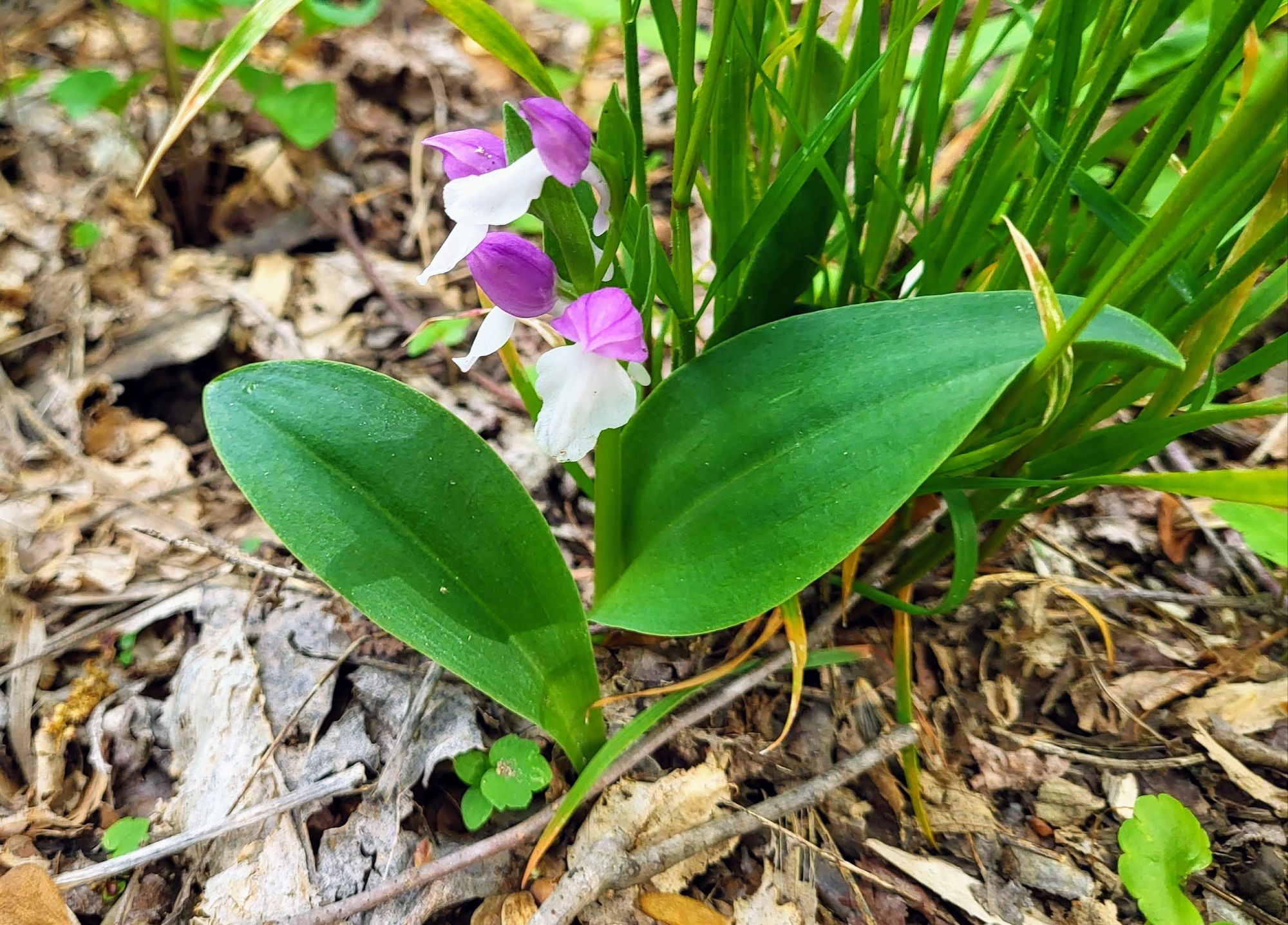I am, at first, cautious in adding plants to the garden. Don’t laugh, I tell Barbara, the knowing skeptic. Many, perhaps most, purchases are considered for cost and the likelihood that each will thrive. I should, but don’t always consider where the plant will fit into this crowded garden. Once objections are satisfied, I proceed, sometimes recklessly.

I was, at first, discouraged from purchasing Bletilla orchids (above and below) due to their cost, but I am so pleased I finally gave in. Not only do these orchids supply a long period of ornament, but the clumps also quickly increase, so orchids can be spread about or shared.

Certainly, some additional bletillas are on the long list of purchases made this winter, though I don’t recall, so I’ll be pleasantly surprised when they arrive. If you’ve hesitated in trying Bletilla striata or its close cousins, jump in, you won’t regret it. But, there are more fascinating orchids that thrive in the garden, and some that are curiosities.

Nearly as vigorous and arguably more floriferous are Calanthe orchids (above and below). I’ve divided clumps to scatter them about the garden, but still, there are many I must add.

Sadly, a small colony of Yellow Fringed orchids (Platanthera ciliaris, below) proved to be a favorite of rascally rabbits that severed flowering stems. The orchids did not survive the damage, and subsequent plantings have been slow to establish. I’ll keep trying.

While several orchids have been easily established in the garden, I’ve been discouraged from spending for more expensive Lady’s Slippers (Cypripedium, below). While several survive, I’ve not quite figured out the formula for success with the natives. For now, I’ll enjoy the few I have.


While hiking in nearby forests, Barbara and I are thrilled to wander upon a variety of native orchids. Certainly, we hiked past these long before we knew they existed, but now my wife serves as spotter to her colorblind husband to view these treasures.


Besides the large flowers of the Lady’s Slippers, blooms of the natives are not big and showy, but we arrange our hikes to catch their peak flowering. Handfuls of each grow in the garden to varying degrees of vigor, and while none stand out to visitors, all are favorites.

In a garden shaded by many dozens of trees planted over thirty-five years, and bordered by a narrow section of mature forest, the setting is ideal for the native orchids. In sun and shade, the collection is likely to continue to grow.
